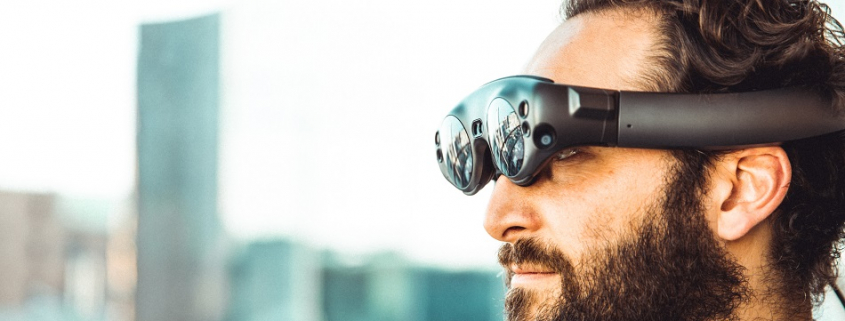Prediction: the 2020s will build on the last decade of progress for an explosion in augmented realities
I am honored to be top of the list of Tech Predictions Gone Wrong – Top 5 Failed Tech Predictions for 2010s:
Ross Dawson, a futurist, made a prediction that people will be seen wearing AR glasses and contacts that will allow them to control machines. As shocking and intriguing this prediction was, it was a massive failure as well.
Based on this prediction, no one would have thought that Google Glass and Snap Spectacles would be seen in the lists of Worst Tech of the Decade. Although a lot of people tried it as well, it was of no use. The idea was not appreciated by most people. Google even released a warning for wearers to not be “creepy or rude”. However, the consumer sales of this product were ended by Google in the year 2015.
My original description for the theme of Augmented Humans for the 2010s was:
More than ever before, we can transcend our human abilities. Traditional memory aids are supplemented by augmented reality glasses or contact lenses, thought interfaces allow us to control machines, exoskeletons give us superhuman power. Machines will not take over humanity… because they will be us.
All of this has come to pass, but certainly to a far lesser degree than I anticipated, or is suggested by my words. I was too far ahead of the pace of change. So today, I propose exactly the same words to frame this defining aspect of the 2020s.
How far have we come?
Let’s move past the article’s conflation of augmented reality and video-recording glasses to take stock of how far we have come and how far we have to go with AR.
There is no question that the progress of both AR and VR has been disappointing over the last years, after a number of promising developments mid-decade, such as the release of Google Glass and Facebook’s acquisition of Oculus.
While many people have experienced Virtual Reality in some form, it is far from mainstream, and arguably today it sits squarely in the ‘trough of disillusionment’.
Augmented Reality is rapidly growing for industrial use, and is becoming a common feature in many mobile apps, enabled by the launch of Apple’s ARKit and Google’s ARCore that provide a powerful platform for AR development. However despite a number of decent AR glasses appearing on the market, these are still considered science-fiction by many.
Where will we end up?
As a futurist, I find it useful to consider where we may end up before considering detailed trajectories and timelines.
I believe it is absolutely inevitable that we will have truly immersive virtual reality experiences and widespread adoption of AR glasses, initially by those who already wear glasses.
The timeframe for this to happen is far more uncertain, driven by unknowns in the development of the enabling technologies, consumer uptake, and the often tortuous dynamics of intensely competitive emerging industries.
Certainly AR contact lenses seem to remain a long way from reaching consumer markets, almost certainly over a decade, though consumer ‘smartglasses’ are likely to be a lot closer.
AR will explode in the 2020s
Yes, in hindsight I and many others were far too optimistic about the pace of uptake of AR to augment our capabilities.
However I predict that AR and other technologies of human augmentation will explode in the 2020s.
In a decade I will be very happy to acknowledge I was wrong if that doesn’t prove to be the case, but at this juncture I would say this is a very safe prediction.



